
As night falls and a cool evening breeze sweeps away the heat of the day,
the rice in the fields sways gently, while waves of insect songs rise and fall —
together composing a serene nocturne of nature.
In Nanan, beside the first organic rice field at the foot of Yushan,
a soft light glows from the home of Chief Lai Jinde.
At seven o’clock in the evening, the villagers gather there to rehearse the Eight-part Harmony and prepare for the upcoming Harvest Festival.
A few of them still wear their muddy rain boots, having come straight from the fields without even changing clothes —
everyone is here, readying themselves for the celebration to come.
 Practicing the Eight-part Harmony is also a cherished moment of emotional connection among the villagers.
Practicing the Eight-part Harmony is also a cherished moment of emotional connection among the villagers.
bees buzzing, waterfalls roaring, wind rustling leaves —
blending human voices with the sounds of the earth.


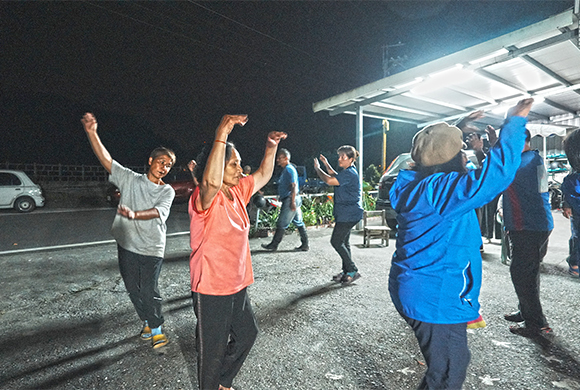
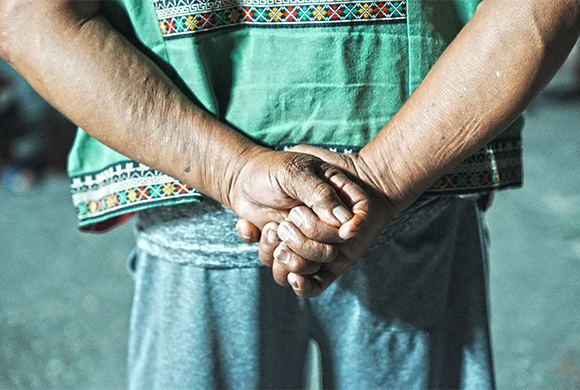

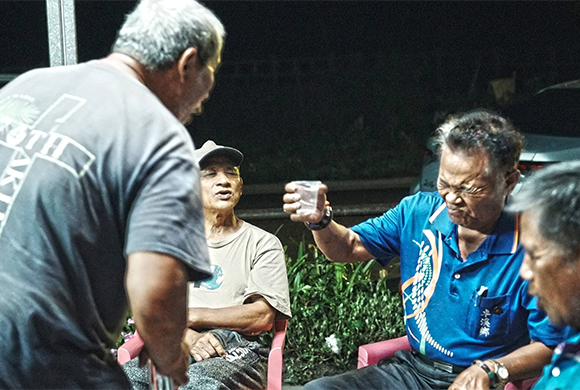
Have you ever heard of the Eight-part Harmony?
「“The Eight-part Harmony is actually the Bunun people’s Prayer for a Bountiful Millet Harvest.
It imitates the sounds of nature — the buzzing of bees, the roar of waterfalls, the rustling of wind through leaves —
emphasizing the blending of human voices with the natural world.
As they sing, each person listens not only to their own part, but also to how their voice merges with others —
ultimately reaching a state of harmony between heaven and humankind.”
Chief Lai Jinde begins the chant, and the others join in.
Each singer holds their own independent part, yet all voices intertwine —
creating a choral harmony that is both layered and deeply resonant.
When everyone forms a circle and holds hands, what does that gesture mean?
It symbolizes unity — hearts and efforts joined together.
As they lift their gaze to the sky, the movement carries a profound gratitude
toward the heavens and the ancestral spirits.
Every subtle gesture is rich with meaning.
In essence, both the Eight-part Harmony and organic farming are ways of dialoguing with nature —
they share the same spirit and purpose.
This time, several young and middle-generation farmers also joined the practice —
including Hu Guangming, Xihui, and Jinsong.
Their participation symbolizes the passing of the torch —
a hope that the younger generation will gradually inherit and carry on the traditions of their elders.
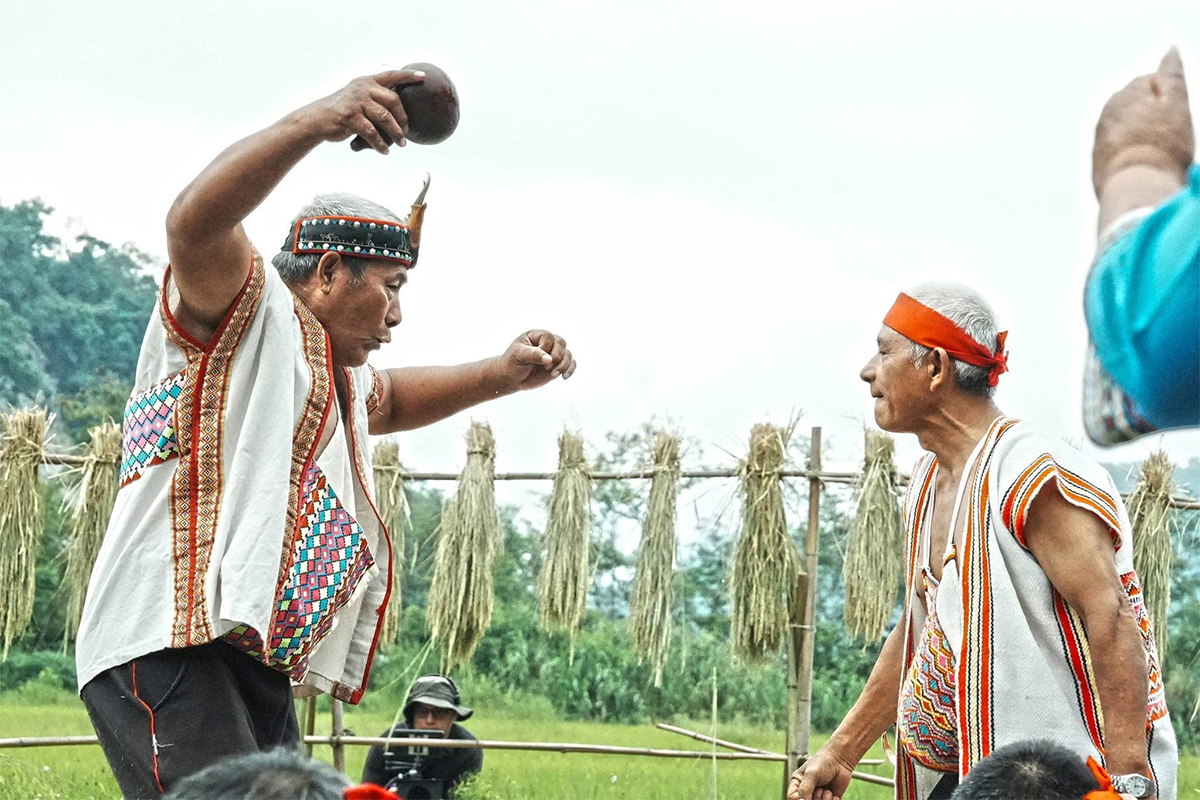 Bunun men are humble and reserved, <br>but during the “reporting of battle merits,” they proudly share their contributions to the community.
Bunun men are humble and reserved, <br>but during the “reporting of battle merits,” they proudly share their contributions to the community.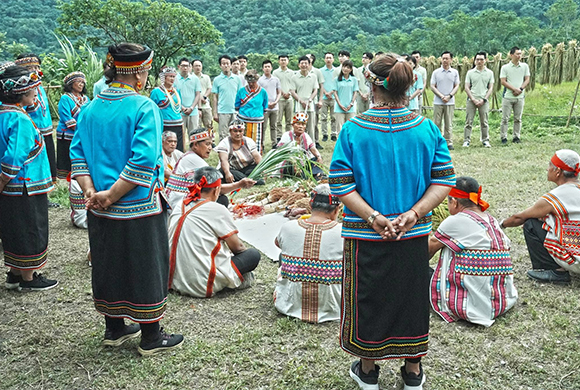
 This practice session includes several young and middle-generation farmers — <br>a symbol of continuity and cultural inheritance.
This practice session includes several young and middle-generation farmers — <br>a symbol of continuity and cultural inheritance.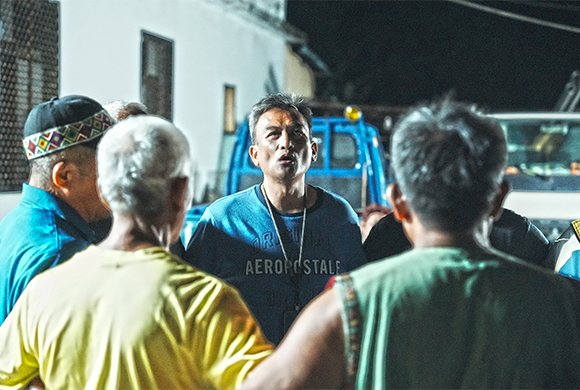
 Practicing the Forest Crew Song
Practicing the Forest Crew Song

Bunun men are known for their modesty and humility.
Elders often remind them, “Your hands should always be ahead of your mouth,”
but during the ‘reporting of battle merits’ segment,
they are allowed to speak proudly of their achievements —
to share how they have contributed to the community,
such as the animals they hunted and shared with others.
After each man recounts his accomplishments,
he announces the clan he was born into — his mother’s family name —
and is then praised by others, including the women standing behind the circle.
During this session, everyone cheered and encouraged Xihui,
who was reporting his battle merits for the first time.
As the group formed a circle, a palpable energy flowed inward —
a current of courage and strength for the speaker at the center.
Hearing it live sends chills down your spine —
a profound mix of awe and emotion.
This ancient tradition, carried through generations,
continues to resonate in the hearts of the Bunun people today.
As the night deepens,
the voices of the Eight-part Harmony become the purest sound upon this land —
connecting heaven, earth, and humankind.
It is a celestial song woven between people and the land,
expressing gratitude for the harvest of organic millet and rice,
and reverence for all living things under the sky.
To be continued...
The ongoing song — the Eight-part Harmony of People and the Land.



 When everyone joins hands in a circle, <br>it represents unity and collective strength.
When everyone joins hands in a circle, <br>it represents unity and collective strength.

